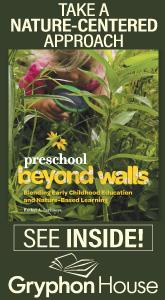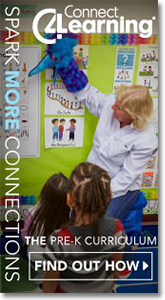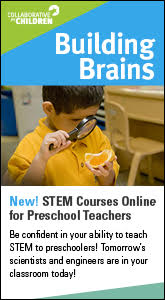ExchangeEveryDay Past Issues
 << Previous Issue
| View Past Issues | | Next Issue >>
<< Previous Issue
| View Past Issues | | Next Issue >> -Andrew Matthews
“For many educators, habitual practice is to leap from seeing to doing: we notice a child digging in the sand, or stacking blocks, or rolling playdough into balls, and we jump in with a comment or question or a prop or a directive. We’re eager to teach, and teaching we think, means doing something to or for a child.” So write Ann Pelo and Margie Carter in their popular new book, From Teaching to Thinking.
“The practice of teacher research,” they assert, “asks us to pause before we act – to notice what we see and consider what it signifies about a child’s trajectory of thought, feeling, and experience. To be a teacher researcher is to look below the surface of a child’s play, unwilling to be satisfied with our immediate assumptions about the appearance of the play and its topical focus. We want to understand the meaning inside the play…
Carlina Rinaldi, a pedagogical leader in the schools of Reggio Emilia, Italy, writes that ‘The young child is the first great researcher. Children are born searching for the meaning of life, the meaning of the self in relation to others and to the world, the meaning of their existence…Inside the dinosaur drama play, underneath the game about a family of kittens…children are researching questions that compel them. The energizing challenge of the teacher research is to look past the surface of these games, not reaching for the dinosaur theme box, or the picture book about kitties…Instead we wonder: Why dinosaurs: Why a family of cats?’”






Post a Comment